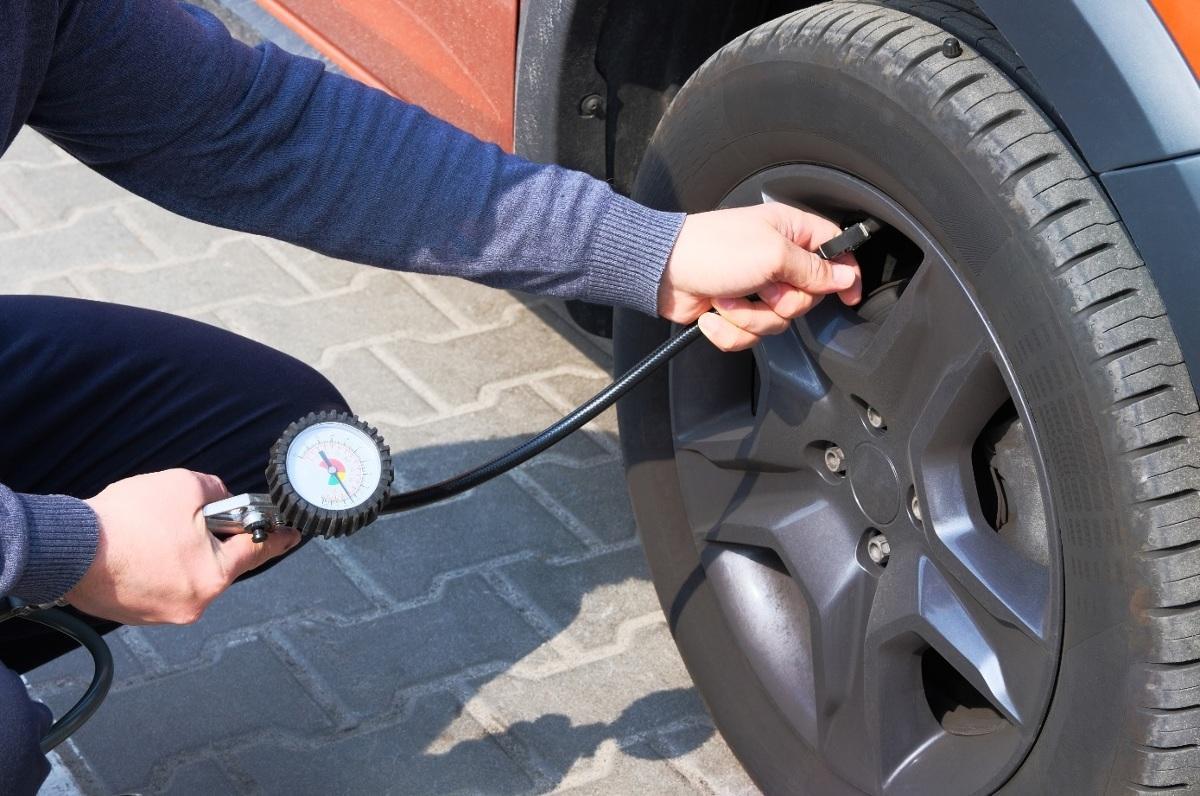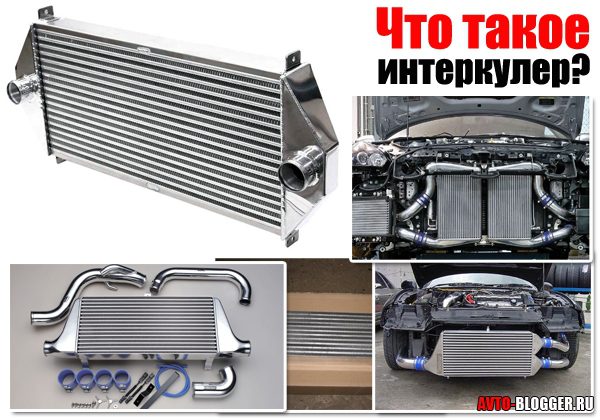
Tire pressure. What is right? Consequences of too low and too high tire pressure
Content
 Do you know what is the most part of the tire? Air. Yes, it keeps the weight of our cars under the right pressure. Maybe you recently noticed that your car has less traction and longer stopping distances? Or has driving become uncomfortable, the car burns a little more, or more noise is heard in the cabin? These are just some of the consequences of improper tire pressure.
Do you know what is the most part of the tire? Air. Yes, it keeps the weight of our cars under the right pressure. Maybe you recently noticed that your car has less traction and longer stopping distances? Or has driving become uncomfortable, the car burns a little more, or more noise is heard in the cabin? These are just some of the consequences of improper tire pressure.
Dangerous traffic situations have many causes. These include, in particular: speeding that is not adapted to the weather conditions, refusal to give way, improper overtaking or failure to maintain a safe distance between vehicles. These are not the only sins of Polish drivers. The study* showed that 36 per cent. accidents are caused by the technical condition of the car, of which 40-50 percent. related to the condition of the rubber.
Tire pressure. What should it be and how often should it be checked?
Checking tire pressure takes about the same amount as we spend on refueling a car. We can do this at any gas station. It is enough to drive up to the compressor, check the car manual or on the sticker on the body, what should be the optimal pressure, and inflate the tires.
The universal tire pressure value is 2,2 bar, but we recommend that you check the value for your specific vehicle in your vehicle owner's manual.
Taking those 5 minutes can save our lives. If we have pressure sensors and run-flat tires, we also have to check the tires once a month, also manually. Damage to the pressure sensor and the thick sidewalls of these tires can mask a lack of air, and the tire structure, heated to excessive temperatures, will burst.
Tire pressure too low
Too low tire pressure also increases tire wear. A loss of just 0,5 bar increases the braking distance by 4 meters and reduces tread life by 1/3. As a result of insufficient pressure, the deformation in the tires increases and the operating temperature rises, which can lead to a tire burst while driving. Unfortunately, despite extensive information campaigns and numerous expert warnings, 58% of drivers still check their tire pressure too infrequently**.
The editors recommend: SDA. Lane change priority
Without air, the vehicle will drive sluggishly, may pull, and may understeer or oversteer when cornering.
Too high tire pressure
On the other hand, too much air means less grip (less contact area), reduced driving comfort, increased noise and uneven tire tread wear. This clearly indicates that the lack of proper preparation of the car for driving can be a real danger on the road. For this reason, you need to check the tire pressure on an ongoing basis - this should be done at least once a month.
* – Study by Dekra Automobil GmbH in Germany
** -Moto Data 2017 - Car User Panel
See also: Jeep Wrangler hybrid version
